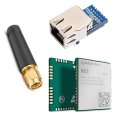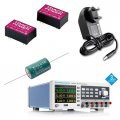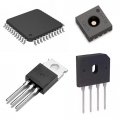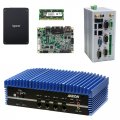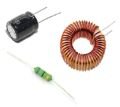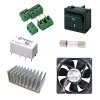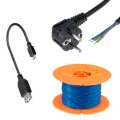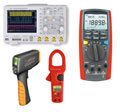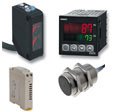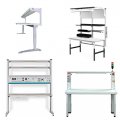Communication is through devices or gateways. The most used solution is gateway communication. They can communicate often through multiple interfaces. There is a large selection of technologies for wireless communication. An important parameter for choice is bandwidth, data transfer speed, processing demand, energy consumption, and security.
In today's wireless technology, the following are mainly used:
- GSM (Telemetry, SMART City, remote control, data collection of medium quantity))
- LTE (Telemetry, SMART City, remote control, data collection of higher quantity)
- Bluetooth (Home Automation - SMART Home)
- WiFi (Home Automation – SMART Home)
- Lora / LoRaWAN (Telemetry, Energy Meters, Sensor Data Transmission, SMART City)
- SigFox Telemetry, Energy Meters, Sensor Data Transmission)
2G (GSM and GPRS) / 3G
GSM technology is referred as the second-generation wireless telephone technology. In short as 2G. It is digital and serves for the transmission of voice data and sms. It uses 900MHz and 1800MHz radio frequency band for data transmission. Kind of extension of 2G network is GPRS, also referred to as 2.5, which also offers the ability to transfer data based on IP and WAP protocols. However, the transmission speed is relatively low (about 20kbps). 3G is the 3rd generation of mobile technologies. The task is to transfer both voice and data (emails, messages). 3G mobile technologies work in the 2.1 GHz radio frequency band and allow the use of more services as fast transmission using the 3G HSDPA (High Speed Download PACKET Access), the theoretical maximum of which is 14.4 Mbit/s.Advantages: high coverage, large number of operators, low cost of data transfer, roaming data transfer free of charge within the EU, reliable technology
Disadvantages: High energy consumption, low transmission speed, more demanding communication with modules
Producers: Quectel
4G (LTE)
Today it is the latest technology for mobile networks. This is the technology of the fourth generation of mobile technologies, which we also call LTE (Long Term Evolution). It is designed for high-speed internet on mobile networks. It's up to 10 times faster than the 2G and 3G networks. Frequency band for Europe is 700- 2600MHz with a transmission speed of 70-250Mbps.Advantages: high transmission speed, fast network building and deployment, roaming data transfer free of charge within the EU, reliable technology, perspective frequency band
Disadvantages: high energy consumption, so far higher price of modules
Producers: Quectel
Bluetooth
Bluetooth technology is designed for wireless communication of multiple short-range electronic devices. Since 1994, this technology has evolved and currently uses version 4. 2. It operates in the frequency band from 2,402GHz to 2,483GHz. This version enables access of Smart Devices to the Internet without the need for additional equipment. The highest transfer speed is 24Mbps. At the beginning of 2017, the Bluetooth 5 version was launched, declaring several times higher transmission speed and range.Advantages: Lower consumption, ability to communicate directly with smartphones, advanced technology
Disadvantages: short range, paid license, use of overloaded 2.4 GHz frequency band, incompatibility of versions
Producers: Fujitsu, Rayson
WiFi
WiFi Technology (Wireless Fidelity) is a wireless technology that uses radio waves in WLANs to transfer. It uses a bandwidth of 2.4 and 5GHz for transmission with a transmission speed up to 150Mbps. At present, WiFi is the most widely used wireless data transfer technology. The basic element of the network is so-called an access point or hotspot that sends a signal that the computer is capable of recognizing and processing.Advantages: high transmission speed, advanced technology, high security
Disadvantages: high energy consumption, point-point topology
Producers: Lantronix, Wiznet, Espressif
Wifi and Bluetooth (Local Area Network) technologies are highly advanced protocols that are mostly used to communicate with personal devices. 2G / 3G / 4G (Cellular Network) are mobile technologies that are suitable for the high throughput of a large number of access devices with the need for an energy source.
Do you like our articles? Do not miss any of them! You do not have to worry about anything, we will arrange delivery to you.
